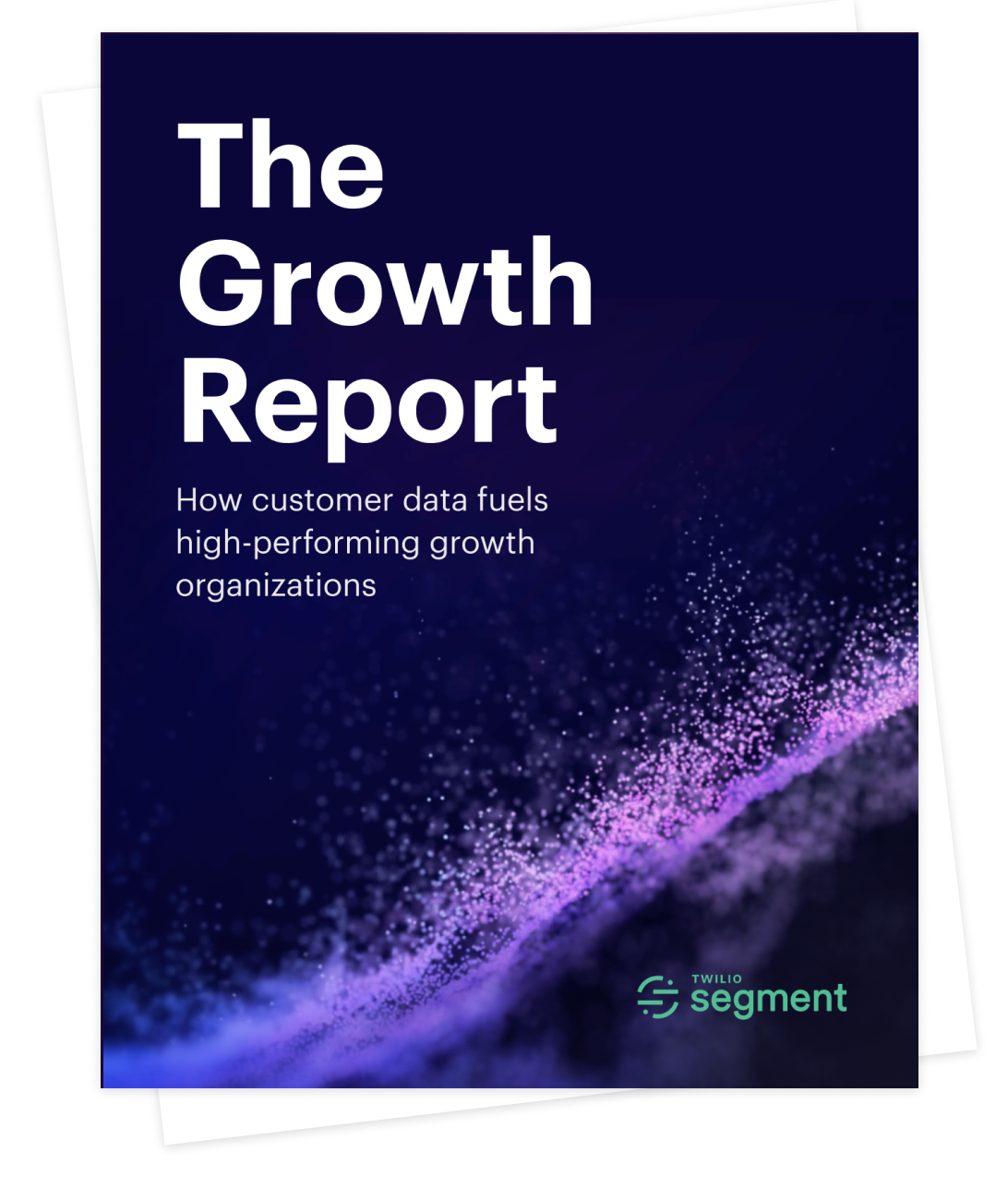Lessons from Zendesk's Growth Org: Team Structure, Growth Processes, and Secrets to Success
Zendesk's Director, Product Growth & Monetization Mona Nasiri reveals how the company's growth team drives results in an exclusive interview.
Zendesk's Director, Product Growth & Monetization Mona Nasiri reveals how the company's growth team drives results in an exclusive interview.
To understand how best-in-class companies build and operate their growth organizations, Twilio Segment recently launched The Growth Report, a series of interviews with the leaders of a dozen high-performing growth teams.
In this blog post, we share a profile of Zendesk's growth organization as well as our on-screen interview with Mona Nasiri, Director, Product Growth & Monetization, Zendesk.
Customer support and sales platform Zendesk, which recently exceeded $1 billion in annual revenue, eliminates chaos with a defined structure. Its growth team is divided into pods dedicated to each stage of the customer journey. Each pod is given ownership over driving growth of a key metric, which fosters accountability. This approach to the growth team’s operations helped them land 170,000 customers by the end of 2020.
We recently sat down with Zendesk’s Director of Product Growth and Monetization Mona Nasiri to see how the company structures and operates its 100-person growth team.
The Zendesk product growth team is divided into four growth squads: website, trial, shopping cart, and post-purchase. As the names suggest, they are responsible for driving growth at a specific point in the customer journey. The post-purchase squad, for example, is tasked with driving retention and expansion.
Each of these teams consists of growth product managers, designers, and engineers. Separately, Zendesk also has a dedicated growth analytics team.
Experimentation is critical to how Zendesk grows. Here’s a high-level look at their approach to conducting tests.
The Zendesk team first aims to understand the problem they’re trying to solve.
Next, the team determines what they want to achieve and evaluates what it will take to get there.
The third step is to define a clear and specific hypothesis, which should be falsifiable.
Once a hypothesis is defined, it’s time to outline a plan and choose the variants.
To learn fast, the team deploys their experiment quickly.
The team starts analyzing the data immediately, so they’re ready to pivot if necessary.
At Zendesk, they take data instrumentation seriously.
“Data instrumentation should start way beforehand, so that you can actually track those baselines and see how things shifted post-launch,” says Mona Nasiri, Director, Product Growth and Monetization, Zendesk. “So, we add that step as early as discovery or solutioning.”
She argues that it’s imperative for product-led growth teams to closely track their data for two reasons: (1) Growth is directly tied to your company’s revenue, and (2) Growth happens in shorter cycles than is typical of broader product organizations.
“Especially on the growth team, with shorter cycles and being so close to the revenue, it’s really important to keep a close eye on the data and trends that you see.”
Product-led growth and sales may seem incompatible at first, but Zendesk still manages to foster collaboration between these two teams.
“There is a lot of opportunity for synergy between the two,” confirms Mona Nasiri, Director, Product Growth and Monetization, Zendesk. “You can call it product-led sales.”
Proactively identifying the leads that are higher quality, for example, can enhance sales productivity. Similarly, leveraging automated triggers to shift deals from the sales funnel to the self-service funnel can free up sales to focus on bigger deals.
The Twilio Segment 2021 Growth Report reveals key insights about how to build and operate your team for optimal performance. From team structure to growth processes, you’ll learn from companies like HubSpot, Shopify, and Lyft on how to lead your team and company to rapid growth.
To learn from the best in the business, download the report.

Get key insights about how to build and operate your growth team for optimal performance from companies like HubSpot, Shopify, and Lyft.